Can you tell the difference between edible and poisonous mushrooms?
Others are reading now
Nature hides beautiful but deadly mushrooms – We’ve gathered the ones you should avoid next time you go foraging.
What Are Poisonous Mushrooms?

- Mushrooms can be deadly despite their innocent appearance
- Many are easily mistaken for edible varieties
- Symptoms range from stomach pain to organ failure
Death Cap (Amanita phalloides)
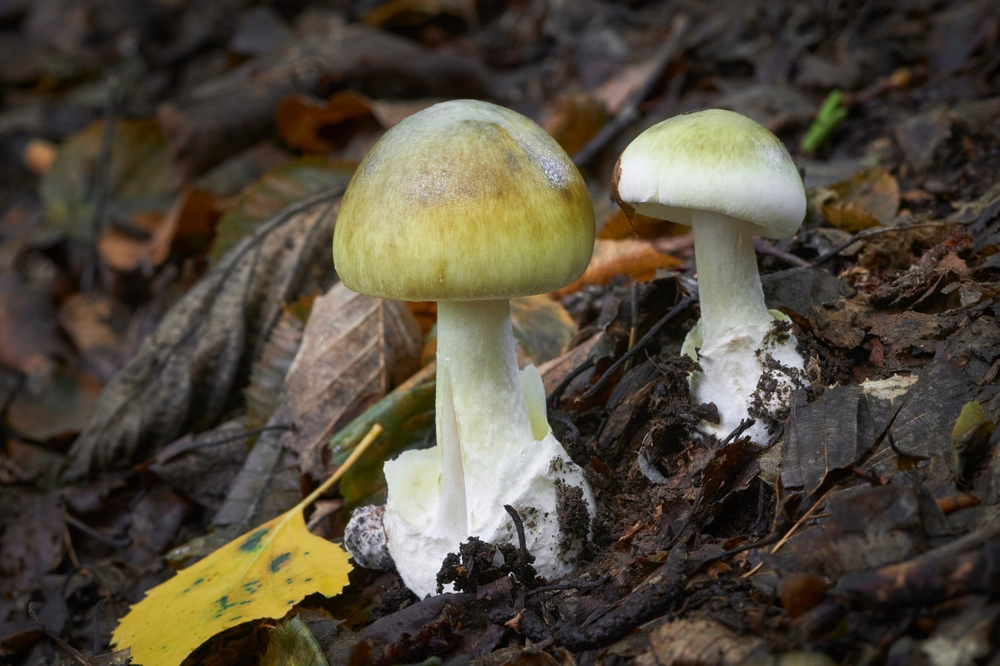
- One of the world’s most dangerous mushrooms
- Contains amatoxins that attack the liver
- Symptoms may be delayed (6–24 hours)
- Even small amounts can be deadly
Destroying Angel (Amanita virosa)
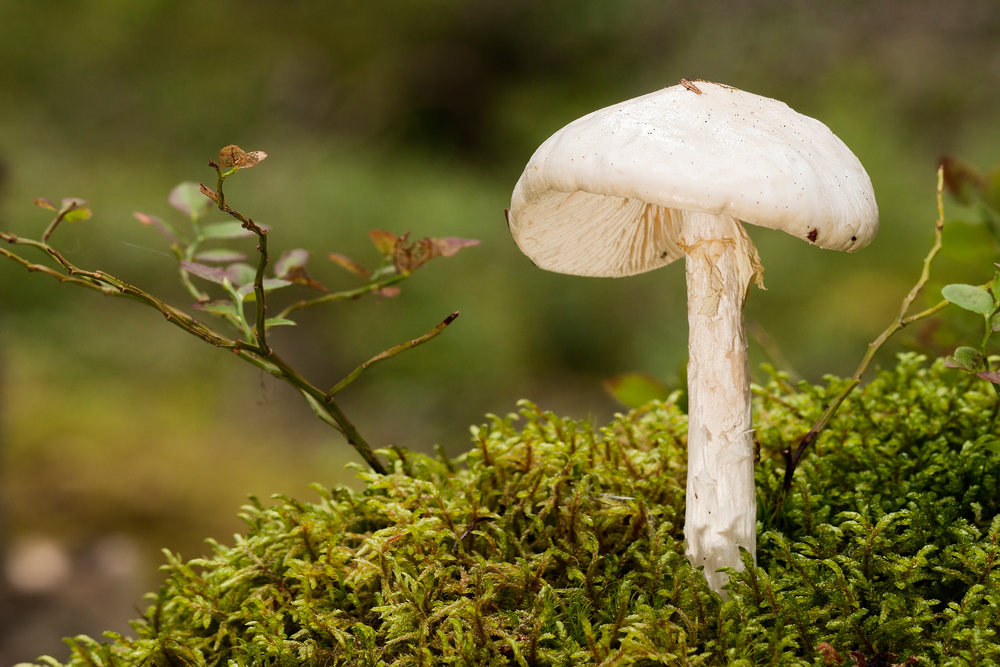
- Also known as the “angel of death”
- Looks like common button mushrooms, making it risky for foragers
- Toxin primarily damages the liver and kidneys
- High fatality rate without prompt treatment
Liberty Cap (Psilocybe semilanceata)
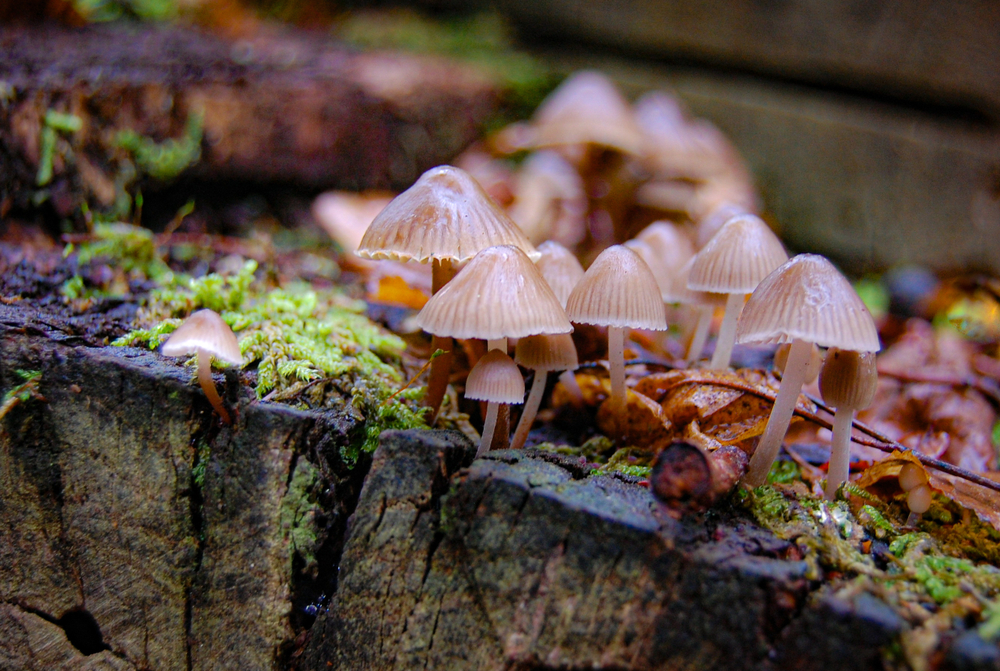
- Not deadly, but highly hallucinogenic
- Can cause panic attacks and psychosis
- Illegal and dangerous in untrained hands
- Often misused as a “natural high”
Fly Agaric (Amanita muscaria)
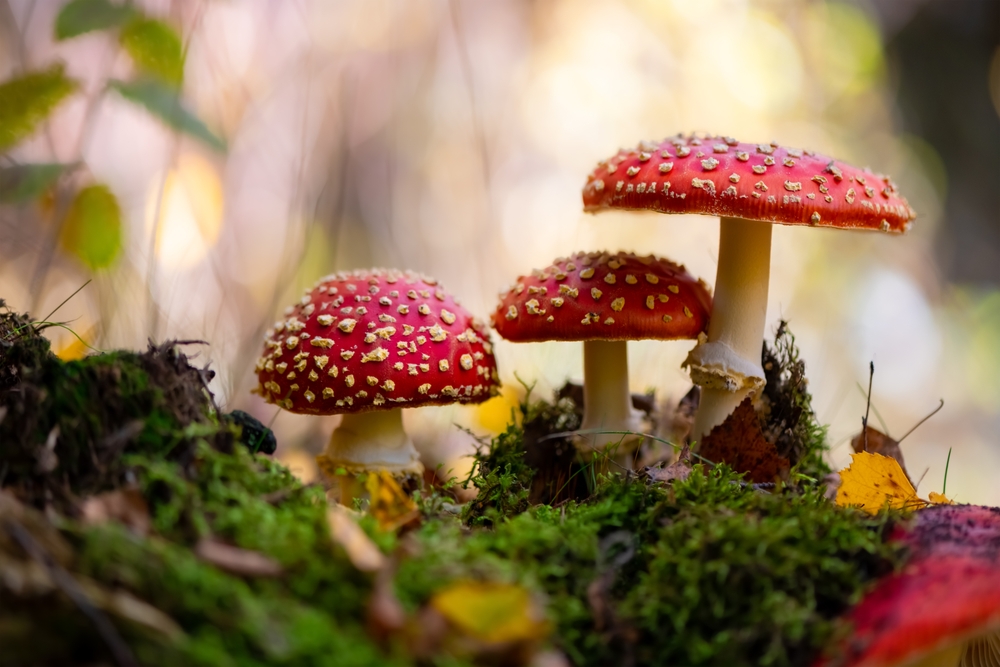
- Famous from fairy tales – but toxic!
- Causes hallucinations, dizziness, confusion
- Can lead to coma in severe cases
- Not deadly in small amounts, but still dangerous
Satan’s Bolete (Boletus satanas)
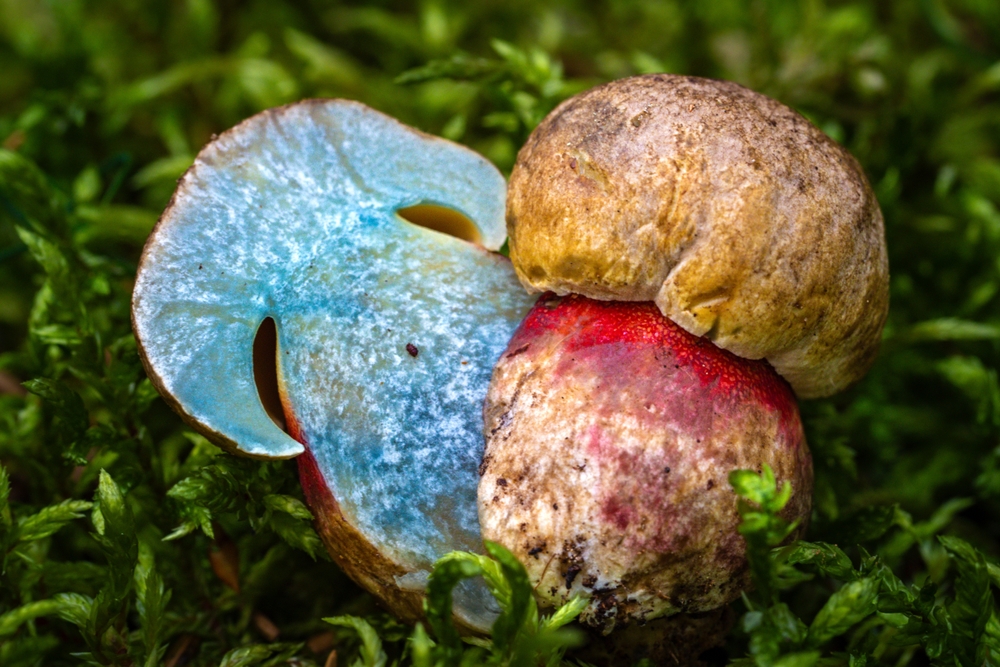
- Strong gastrointestinal toxin
- Often confused with edible boletes
- Causes severe vomiting and diarrhea
- Not deadly, but extremely unpleasant
Deadly Webcap (Cortinarius speciosissimus)
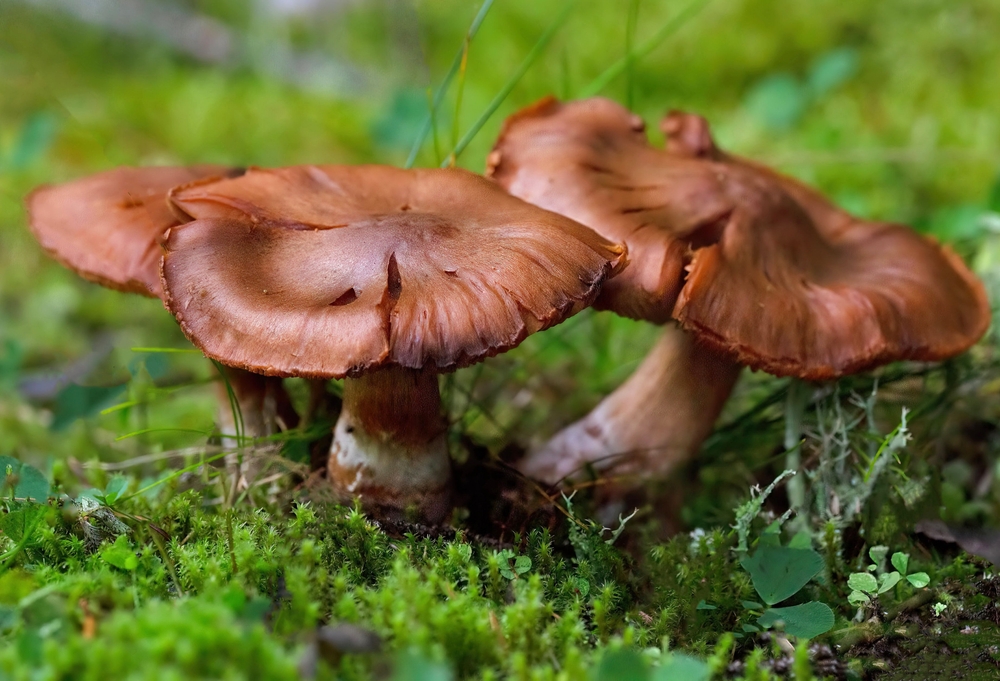
- Toxin slowly destroys the kidneys
- Symptoms appear only after several days
- Often mistaken for edible forest mushrooms
- Can cause permanent kidney damage
Avoid Poisoning in the Wild

- Learn to identify mushrooms – use guidebooks or apps
- Never eat wild mushrooms without certain identification
- When in doubt: leave it alone!
- If symptoms occur: seek medical help immediately


